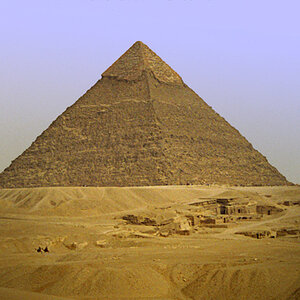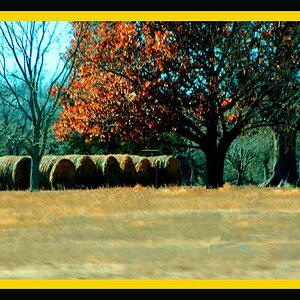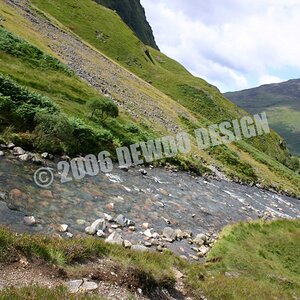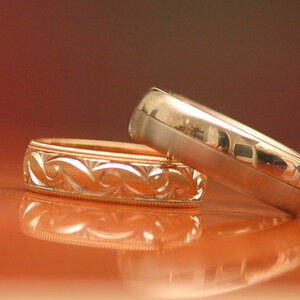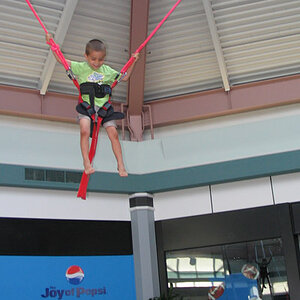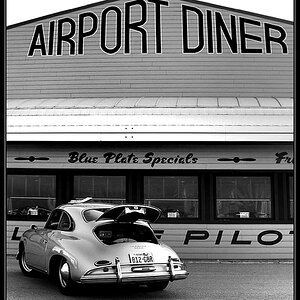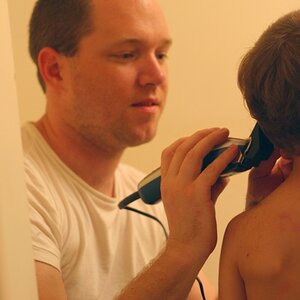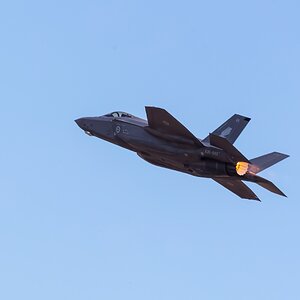Felix0890
TPF Noob!
- Joined
- Oct 2, 2009
- Messages
- 472
- Reaction score
- 2
- Location
- Miami , FL
- Can others edit my Photos
- Photos NOT OK to edit
I'm planning on getting a new lens soon and have a question about macro lenses. I love portraiture but have recently been intrigued by macro photography. My choices: a Tamron 28-75/2.8 or a macro lens (have yet to decide on a focal length but I'd like it to be >50mm).
I know I can't use the 28-75 for [good] macro shots but can I use a macro lens for decent portraits? If I get a macro lens that's fast (I like using natural lighting even in dim light), can I use it for both until I save up enough for the next one? I don't know anyone that uses a macro lens so I have no clue whether non-macro shots are possible or not with them.
Also, I know I'd be sacrificing the 1:1 ratio by getting a zoom but I'd really like something that's 50-xxx to compliment my current lenses. If you have a macro zoom lens, link/post some macro shots as examples.
Thanks,
Felix
I know I can't use the 28-75 for [good] macro shots but can I use a macro lens for decent portraits? If I get a macro lens that's fast (I like using natural lighting even in dim light), can I use it for both until I save up enough for the next one? I don't know anyone that uses a macro lens so I have no clue whether non-macro shots are possible or not with them.
Also, I know I'd be sacrificing the 1:1 ratio by getting a zoom but I'd really like something that's 50-xxx to compliment my current lenses. If you have a macro zoom lens, link/post some macro shots as examples.
Thanks,
Felix



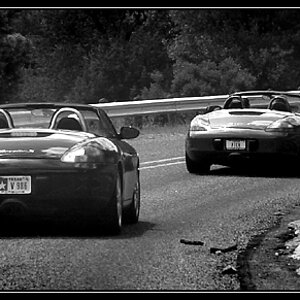
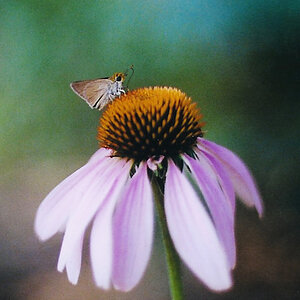
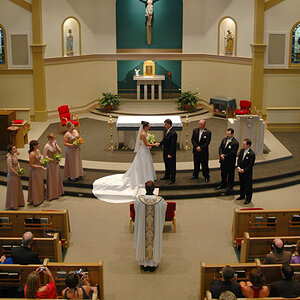
![[No title]](/data/xfmg/thumbnail/39/39289-c5ea6a611707fdd5786347f4a67d63ae.jpg?1619738957)
